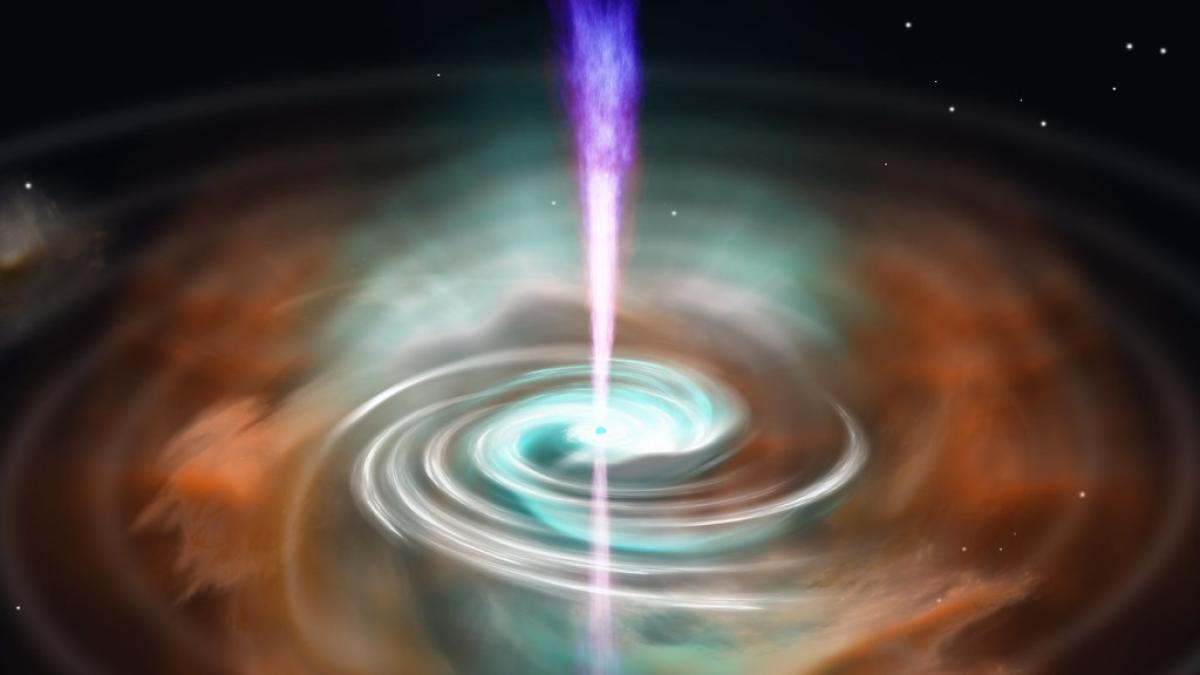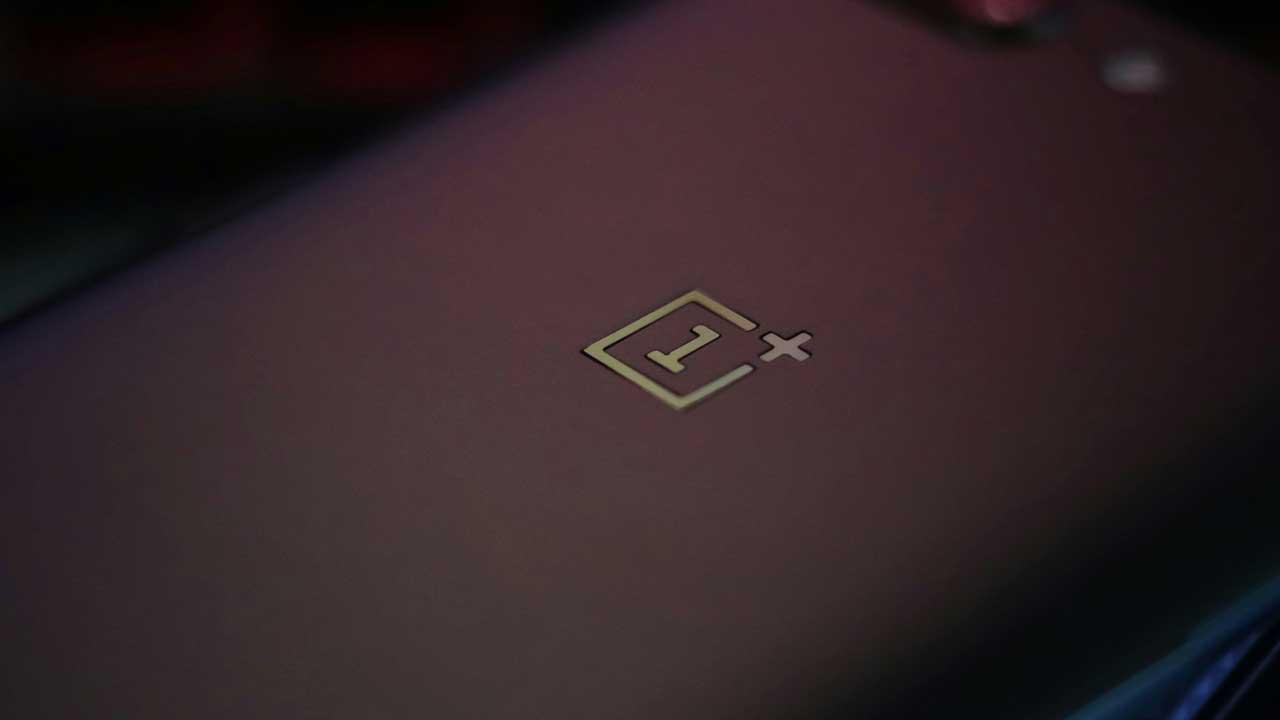Astronomers studying a powerful gamma-ray burst (GRB) may have detected it with the Gemini South telescope operated by the US National Science Foundation’s (NSF) NOIRLab. A never-before-seen way to destroy a star, Published in the journal ‘Nature Astronomy’.
Unlike most GRBs caused by the explosion of massive stars or random mergers of neutron stars, astronomers have concluded that this GRB was Formed by colliding stars or interstellar debris in a crowded environment Around a supermassive black hole at the center of an ancient galaxy.
Most stars in the universe die in a predictable manner depending on their mass. Relatively low mass starsLike our Sun, they shed their outer layers as they age and eventually become white dwarfs.
The most massive stars burn extremely hot and die quickly in cataclysmic supernova explosions, producing ultradense objects such as neutron stars and black holes. If these two stellar remnants form a binary system, they may collide. However, new research points to a fourth option, long hypothesized but never seen before.
Astronomers using the Gemini South telescope in Chile, part of the Gemini International Observatory operated by NSF’s NOIRLab, search for the origin of long-period gamma-ray bursts (GRBs). And other telescopes have found evidence of collisions Collapsed stars or stellar debris in the chaotic and dense region near the supermassive black hole of an ancient galaxy.
“These new results show that they can meet their end in some of the densest regions of the universe, where they are pushed to collide,” said lead author Andrew Leven, an astronomer at Radboud University in the Netherlands. Understanding how stars die is exciting Answer other questions, such as unexpected sources of gravitational waves that we can detect on Earth.”
Ancient galaxies are long past their star formation stage and contain few if any remaining giant stars, the main source of long GRBs. However, their cores are filled with super-dense stellar debris such as stars and white dwarfs, neutron stars and black holes.
Astronomers have long suspected turbulence A hive of activity around a supermassive black hole, It is only a matter of time before two stellar objects collide to produce a GRB. However, the evidence for this type of fusion is elusive.
On October 19, 2019, the first signs of such an event were seen when NASA’s Neil Gehrels Swift Observatory detected a bright gamma-ray burst lasting more than a minute. Any GRB that lasts longer than two seconds is considered “long”. Such explosions usually come from the supernova deaths of stars at least 10 times the mass of our Sun – but not always.
Researchers used Gemini South to better understand the GRB’s glow. The observations allowed astronomers to detect the GRB At less than 100 light-years from the nucleus of an ancient galaxy, it is very close to the galaxy’s supermassive black hole. The researchers found no sign of an associated supernova that would have left its mark in the light probed by Gemini South.
“Our follow-up observation told us that rather than the collapse of a massive star, the explosion was likely due to the merger of two smaller objects,” explains Levin. “By determining its location at the center from a previously identified ancient galaxy, we obtained the first stunning evidence of a new pathway for star extinction.”
In normal galactic environments, the production of long GRBs from colliding stellar remnants, Neutron stars and black holes are extremely rare. However, the nuclei of ancient galaxies are modest, and a million or more stars may be concentrated in an area spanning a few light-years.


:quality(85)/cloudfront-us-east-1.images.arcpublishing.com/infobae/GLHO2KZ3BBGWHGT72ZRTHEAHQ4.jpg)
:quality(85)/cloudfront-us-east-1.images.arcpublishing.com/infobae/LBIVO7473VDJVIOHOP577YLWDU.jpg)
:quality(85)/cloudfront-us-east-1.images.arcpublishing.com/infobae/OLNQLJRERZDCRBK5TW2XPCFNTU.jpg)
